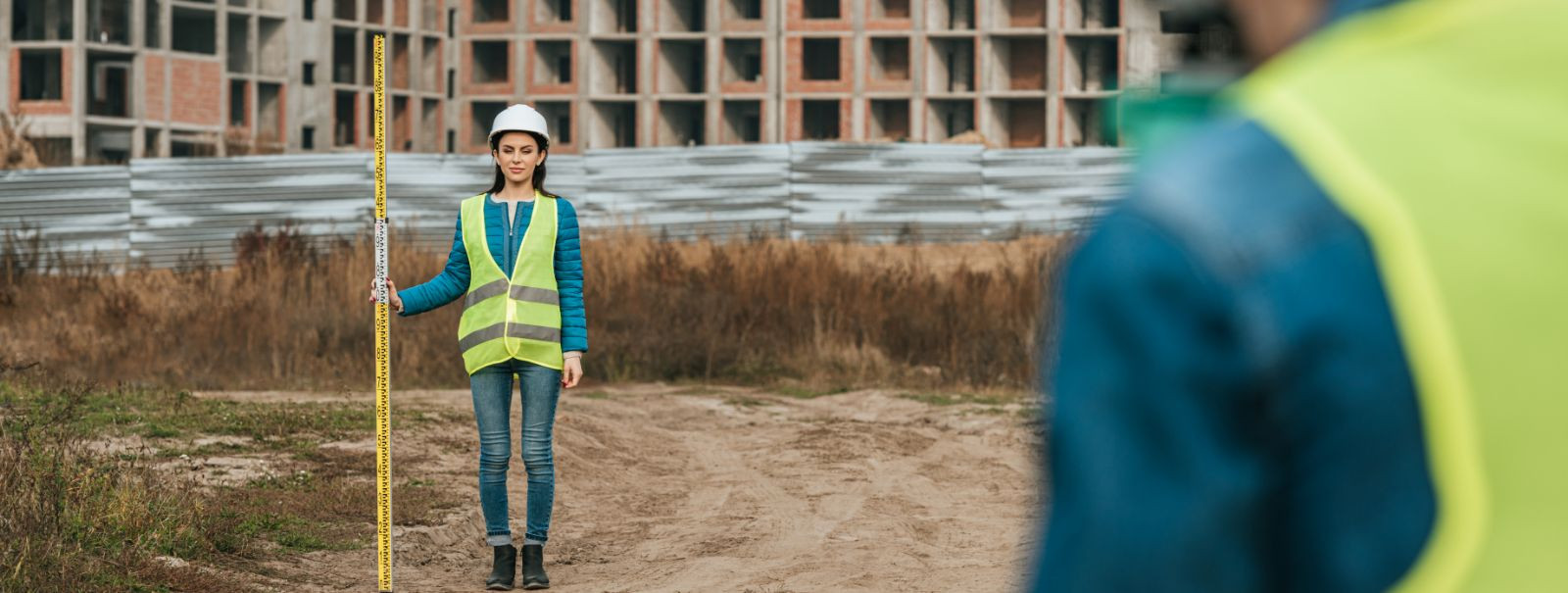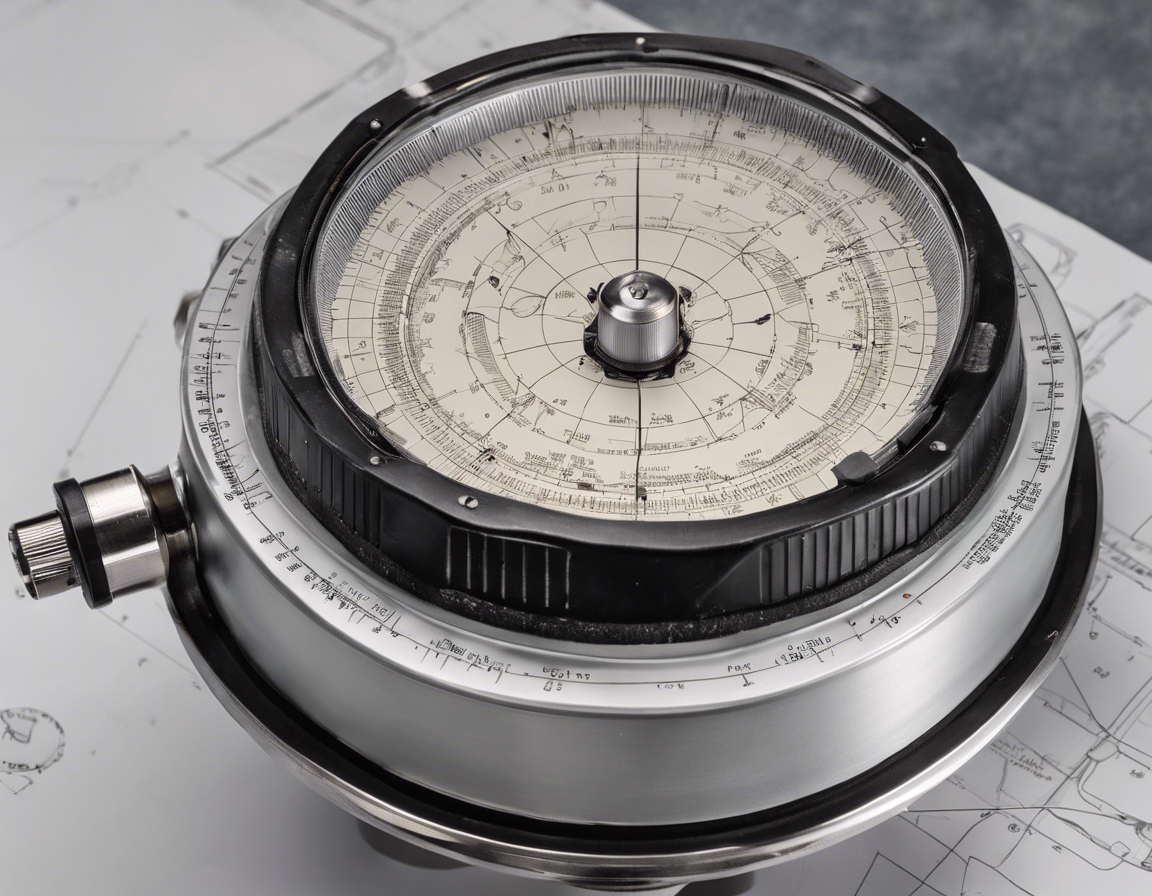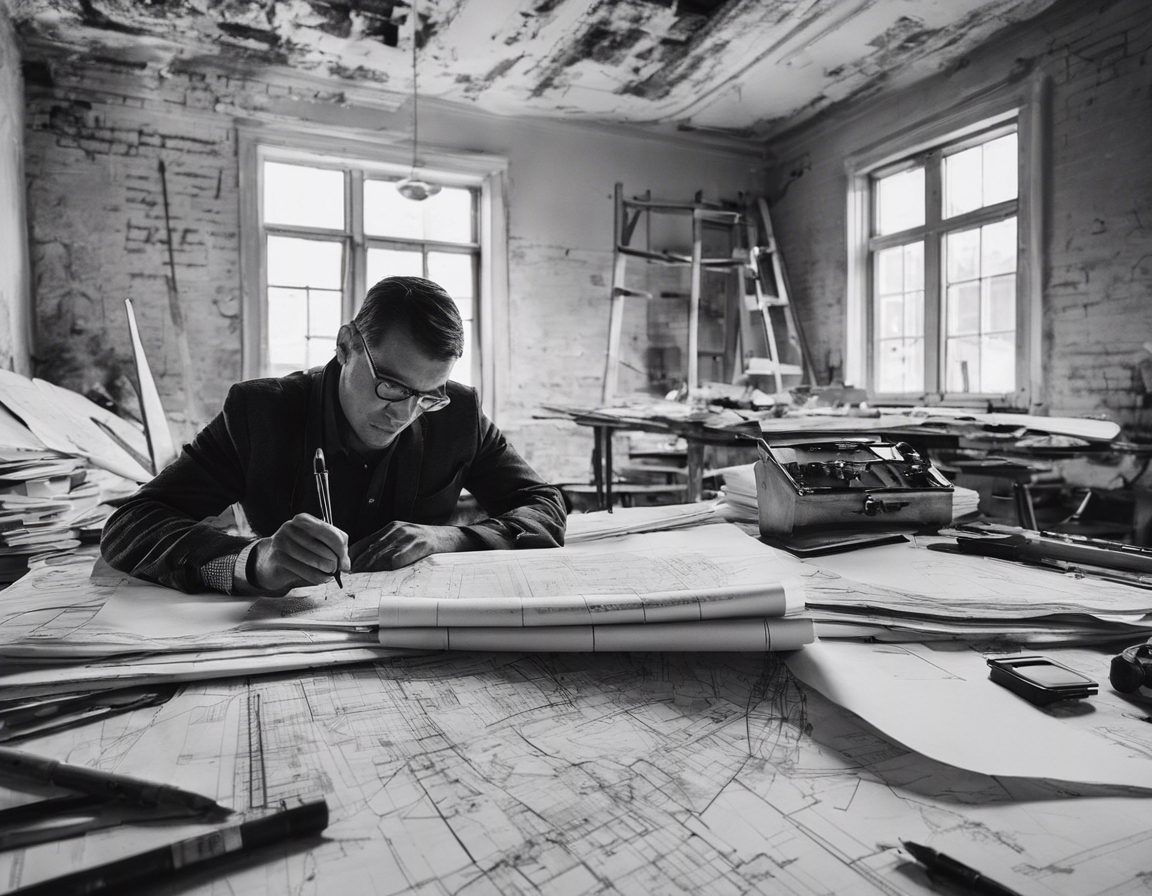Understanding the importance of precise building marking
Building marking refers to the precise delineation of construction parameters on a building site. This practice is crucial for translating architectural designs into physical structures. It ensures that every aspect of the construction process aligns with the meticulously crafted plans, ultimately leading to the successful realization of a project.
The concept of building marking has been integral to construction since ancient times. However, the methods and accuracy have evolved significantly, from rudimentary alignment techniques to today's laser-guided systems.
The Role of Building Marking in Construction
Precise building marking is the linchpin that ensures the accurate implementation of architectural plans. It serves as a reference point for all construction activities, helping to avoid costly mistakes and rework.
Adherence to building codes and regulations is non-negotiable. Precise marking is essential for meeting these requirements, which govern everything from structural integrity to zoning laws.
Clear and accurate markings contribute to the safety of construction sites by providing definitive guidelines for equipment placement and worker activities, thereby reducing the risk of accidents.
Technological Advancements in Building Marking
Today's building marking equipment, such as laser levels and GPS systems, offer unprecedented precision. These tools have revolutionized the way construction sites are marked and measured.
Building Information Modeling (BIM) has transformed the construction industry. The integration of BIM with building marking tools allows for a seamless flow of information, ensuring that the virtual designs are accurately represented on the ground.
Environmental and Urban Planning Considerations
Precise building marking helps to minimize the environmental footprint of construction projects by reducing waste and ensuring that natural resources are used efficiently.
Building marking plays a pivotal role in urban planning by ensuring that new constructions integrate harmoniously with existing infrastructure and meet the long-term development goals of urban areas.
Challenges and Solutions in Building Marking
Modern architecture often involves complex geometries that pose significant challenges for building marking. Advanced technologies and skilled professionals are essential to address these complexities.
Despite technological advancements, human and technical errors can occur. Robust quality assurance processes and ongoing training for staff are critical for mitigating these risks.





Kommentaarid (0)